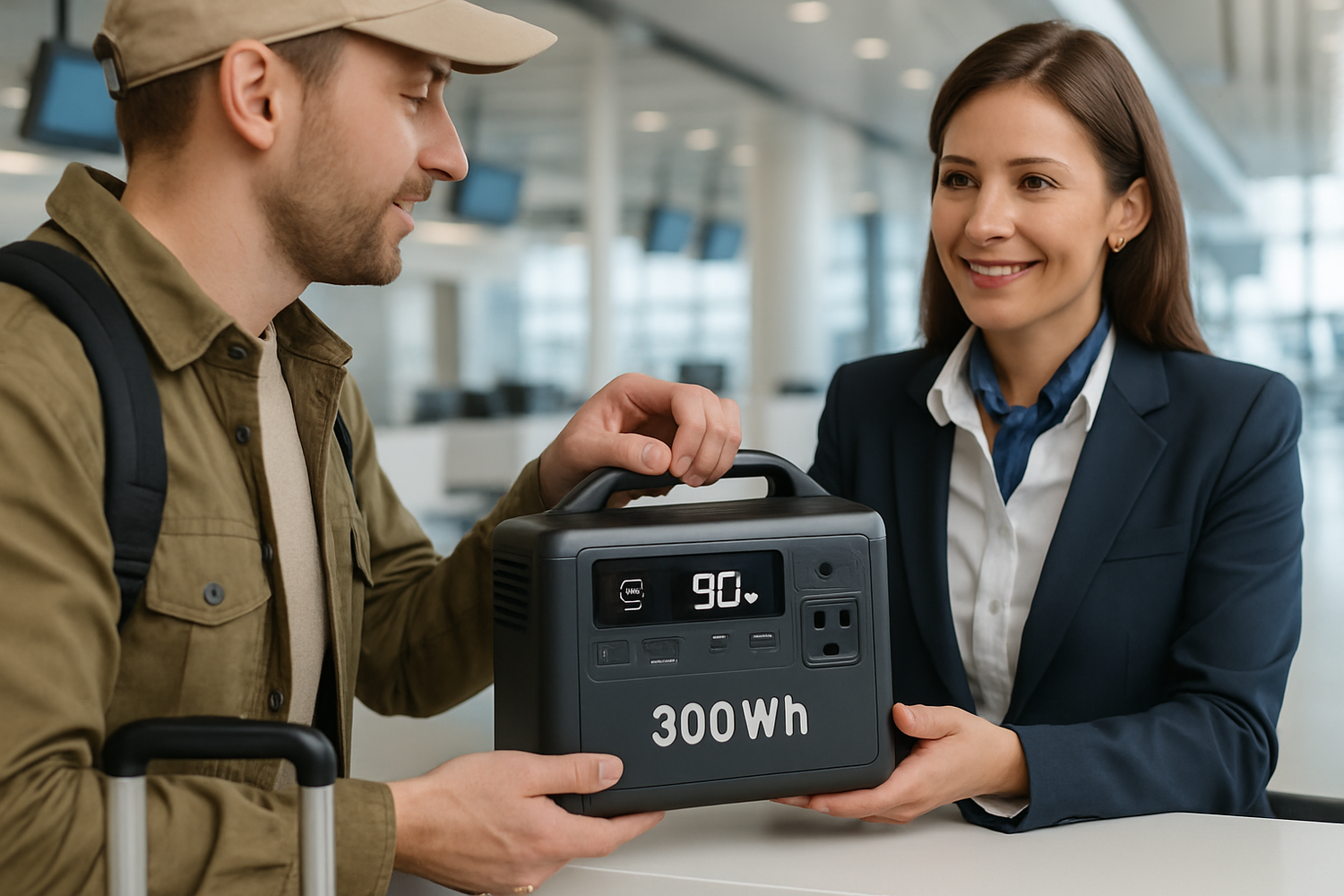Grid codes vs real travel rules: portable solar compliance abroad
After flying with portable solar kits and power stations on multiple international trips, I’ve learned that “grid codes” almost never decide whether your gear makes it onto the plane or into the campsite. For travelers, the rules that matter are aviation battery limits, local customs declarations, and on-site usage policies. Below I separate grid-tie standards from real travel regulations and share what I actually check before I go.
Understanding the regulatory landscape
What are grid codes?
Grid codes define technical requirements (voltage/frequency ranges, fault ride-through, communications) for systems that feed power into the public grid. They protect reliability in high-VRE systems and apply to grid-tied assets, not typical off-grid travel kits. See IRENA’s overview for context.
Why most portable kits bypass grid codes
Portable panels charging a power station operate as isolated systems and do not export to the utility grid, so grid codes generally don’t apply. The moment you attempt grid export (backfeeding), you enter a different compliance world that requires certified grid-tie inverters and explicit utility approval—don’t do this with a travel kit.
The real rules for international travel
Airline and transport limits: the lithium battery thresholds
Air travel policies hinge on battery energy (Watt-hours, Wh). The core thresholds used globally come from IATA/ICAO and are reflected by TSA/FAA in the U.S.:
- ≤ 100 Wh: Allowed in carry-on; spares must be in the cabin.
- 100–160 Wh: Usually allowed in carry-on with airline approval; often max two spares per passenger.
- > 160 Wh: Forbidden for passengers (special cargo provisions only).
Verify on the authoritative pages before you pack: IATA factsheet, IATA guidance (2025), TSA policy, FAA PackSafe, and the ICAO Technical Instructions excerpt. Airlines may be stricter than IATA—always check your carrier’s page.
Quick check: If Wh is not printed, compute it as Wh = V × Ah. This method is noted in the IATA guidance.
| Battery capacity (Wh) | Carry-on | Checked | Airline approval? |
|---|---|---|---|
| ≤ 100 | Yes (device & spares) | Devices sometimes allowed; spares no | No |
| 100–160 | Yes (often limit 2 spares) | Devices sometimes; spares no | Yes |
| > 160 | No (passengers) | No (passengers) | N/A |
Source: IATA/ICAO framework as reflected by TSA/FAA; always confirm your airline’s latest page.
Customs and import basics
For personal use, a single portable power station and panels rarely trigger duties, but officers may ask value/specs. I carry invoices and a one-page spec sheet. If you’re carrying multiples or commercial quantities, declare them and check destination-country customs pages in advance.
Local usage rules
Parks, protected areas, or private venues may restrict panel setup locations, staking, or generators. I contact the site operator beforehand and keep cables tidy to avoid trip hazards. Off-grid use is generally fine; never connect a travel kit to building wiring.
Ensuring safety and performance abroad
Voltage and plug compatibility
Wall charging your power station abroad requires the right plug type and an AC charger that supports local voltage/frequency (e.g., 230 V/50 Hz). I check the charger label and bring a surge-protected travel adapter.
Operating in heat and cold
High heat accelerates battery aging; cold reduces available capacity. I shade the power station, ventilate it, and angle panels for local sun path. If temps are extreme, I derate expectations and keep batteries within recommended ranges.
My pre-flight checklist
- Confirm Wh for every battery; print or save the spec page.
- Check IATA/TSA/FAA and my airline’s battery policy; request approval for 100–160 Wh spares if required.
- Carry all spares in the cabin with terminals protected; no spares in checked bags.
- Prepare invoices/specs for customs; avoid carrying commercial quantities.
- Verify charger input (e.g., 100–240 V) and bring proper plug adapters.
Why grid codes still matter (just not for travel kits)
If you ever plan to export to a grid abroad, you’ll move from travel rules to utility rules. That’s where grid codes (ride-through, protection, comms) and local certification regimes come in—see IRENA’s report for how countries specify those requirements.
FAQ
Do I need to comply with grid codes when flying with a portable power station?
No. Grid codes apply to systems connected to the public grid. Travel kits are off-grid and follow aviation battery rules instead.
How many larger spares (100–160 Wh) can I bring?
Typically up to two with airline approval; policies vary by carrier. Check TSA and your airline’s page, and review IATA guidance.
Can I pack lithium spares in checked baggage?
No—spares must be in carry-on under the IATA/ICAO framework as implemented by TSA/FAA. See FAA PackSafe.
Is backfeeding a building outlet with my travel kit allowed?
No. It’s unsafe and typically illegal without certified grid-tie equipment and utility approval. Use the kit as a standalone source only.





Leave a comment
All comments are moderated before being published.
This site is protected by hCaptcha and the hCaptcha Privacy Policy and Terms of Service apply.